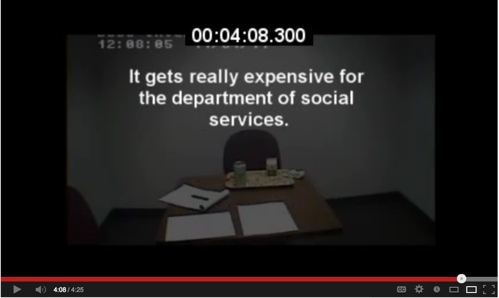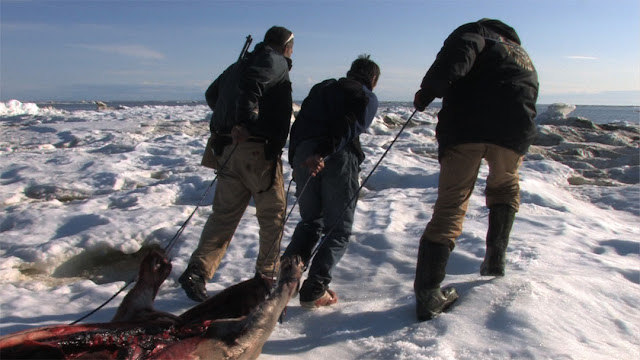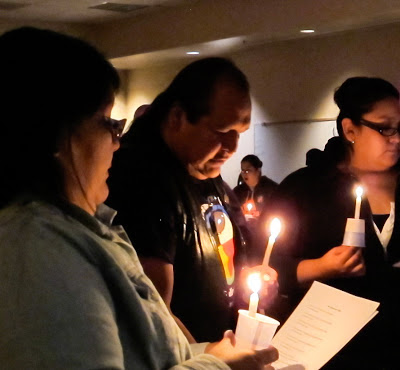Dancing from the Heart: A Rehearsal at Zuni Pueblo

Published in Indian Country Today in 2013. For more on topics like this, please see my book, American Apartheid: The Native American Struggle.. . T he late afternoon sun slanted through puffy clouds and played over the surface of Zuni Pueblo’s sacred Corn Mountain. Small golden heads of wild sunflowers dappled the field at the base of the mesa, which rises 1,000 feet over the pueblo’s western New Mexico village. Against this imposing high-desert backdrop, a dance rehearsal got underway. Seven-member Soaring Eagle, the first of two groups to run through their paces that day, adjusted their headdresses and other regalia. Meanwhile, Tammy Weebothee, a dancer and organizer of the rehearsal, pointed out a tall spire, nearly the height of the mesa and just south of it. It appeared to represent two figures, one taller than the other, wrapped in a blanket. “They’re a brother and sister who died to save the community when flood waters rose.” She noted pale striations across the




